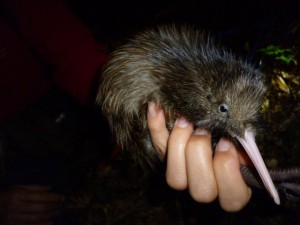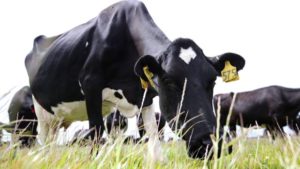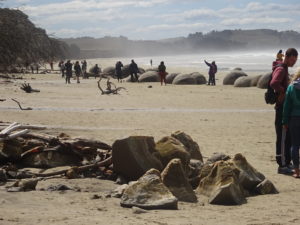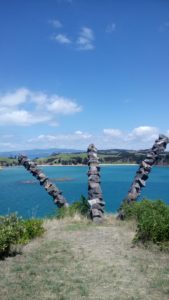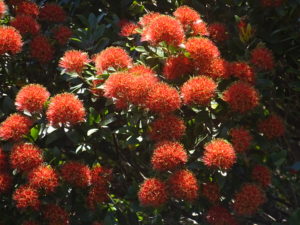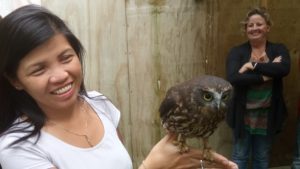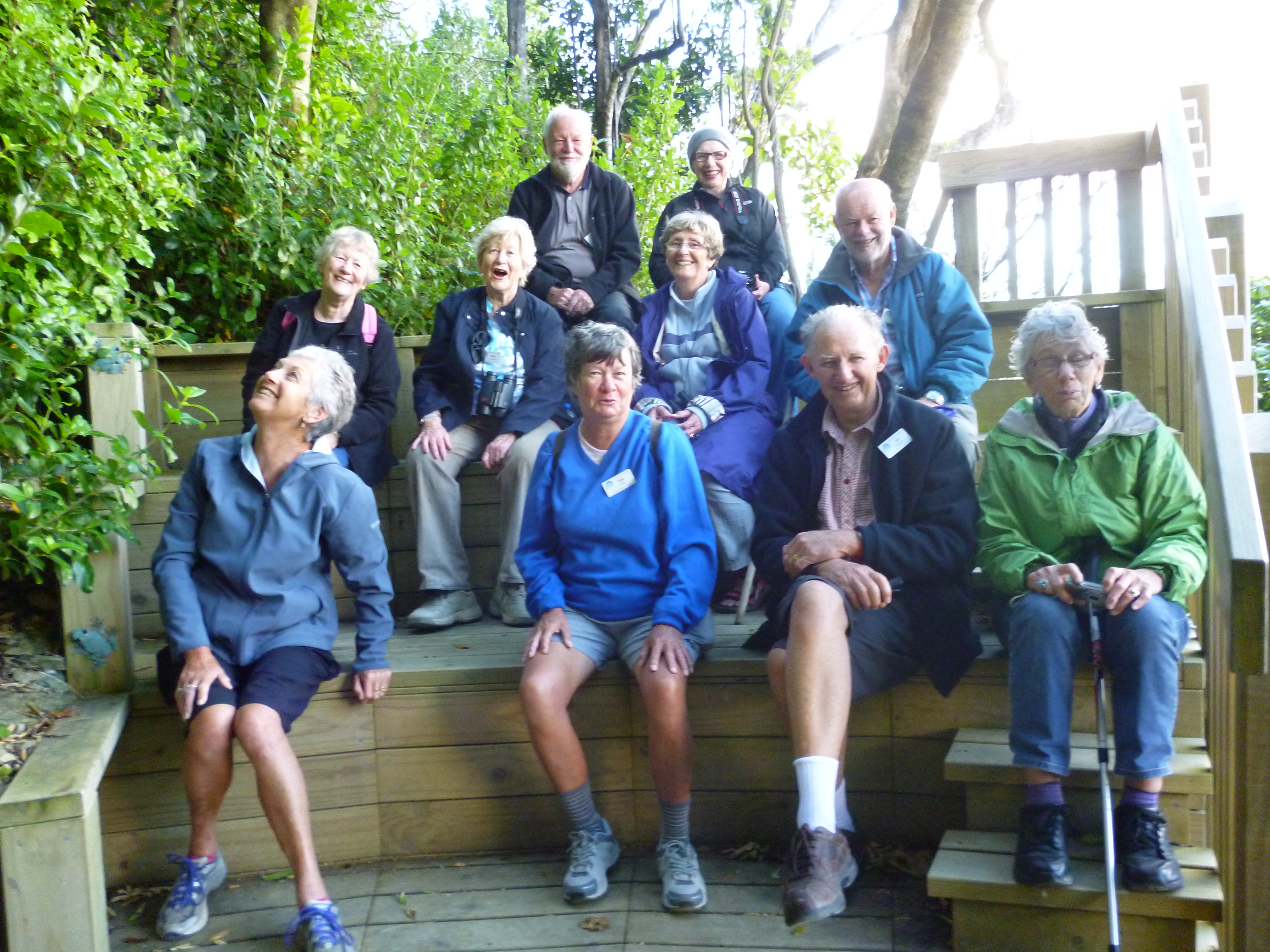Posts Tagged ‘visitor experience’
NZx: the art of inspiration/leadership
Morena
For this months blog we thought we would look at the art of inspiration/leadership in the visitor sector.
This thinking came to our front of mind last week when we dined out in a tourism focused town. As the only diners that night we received adequate service, but no more. This is in sharp contrast to the situation we encountered while filling up the car with petrol on the West Coast last year. In this case the attendant thanked us for choosing to use their service station and spend our money with them, as opposed to someone else.
After our dining experience I reflected on what was a lost opportunity for the hospitality business. My view is that any business echos the leadership and inspirational traits of it’s leaders.
Over the years I have been lucky enough to have worked with some amazing and inspiring leaders. One thing they all had in common was that they showed some or all of the traits noted below, and in some cases more.
Of course there have been a number of leaders that didn’t reflect these traits, their leadership style is probably best summed up in this link
The future challenge for managers/mentors/team leaders across the visitor sector will be ensuring they implement these traits (and others) as our borders open up. Do you inspire/lead/mentor using these building blocks?
Thanks to Vala Afshar from Salesforce for the prompt!
Ka kite ano
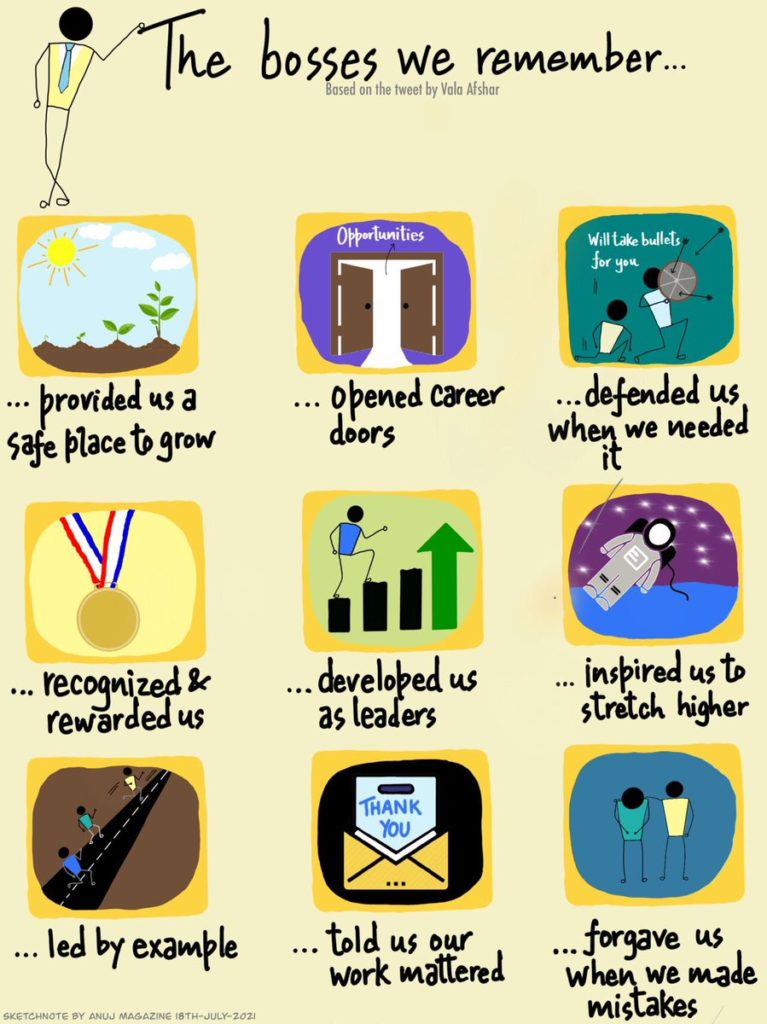
NZx: February 10th Manaakitanga in the C21
Naumai
Is this really the best manaakitanga we can offer?
Tourism New Zealand suggests: the meaning of manaakitanga is much broader than a one word or direct translation.
It can be broken down into three parts: mana-ā-ki which loosely translates as ‘the power of the word’ and reminds hosts to be expressive and fluent in welcoming visitors.
Another explanation has the words mana / prestige and ki te tangata / to the people – pointing out the importance of enhancing the mana which covers the integrity, status / prestige, and power of guests.
Here, as our experience suggests, a great day out was left wanting in manaakitanga by our introduction to Fullers ferry and the introduction by staff on arrival at Rotoroa Island.
Our manaakitanga component started off by having to queue for the ferry. No big deal but despite being early morning it was a burning , windless day. People who had queued early inside the perspex cover were eventually forced to abandon their place in line and escape the hot tapped air. It was seriously stifling.
There was general confusion about who was queuing for what. Was this the ferry to Rangitoto, Tiritiri Matangi or Rotoroa Island? No signs, or technology, not even temporary, just two staff that came and went answering the same questions as to the destination.
Two minutes after leaving the wharf we returned – someone had got on the wrong ferry……. That’s despite a handheld scanner that supposedly scanned everybody aboard including our mobile phone downloaded tickets. Only problem was it couldn’t read the bar code on our phone!
On arrival all seventy plus of us were crammed into a small hot shed on the wharf and given a rambling presentation about the history, issues and do’s and dont’s on the Island. We fully support the bio-security intent behind this – but having endured countless windblown ( you can’t here the words and often the speakers aren’t great) welcomes at Tiritiri Matangi and other DOC/partner managed islands, one has to wonder is there a better way? It is human nature to not what to be confined (see Maslow) and to be acknowledged and treated with intelligence. This and other Island welcomes don’t do this! DOC and it’s partners should use other ways of pushing the bio-security message to what is mostly an already knowledgeable audience.
The final straw was when the ranger announced a different ferry departure time back to Auckland than that advertised in the various Fullers media. Normally extra time on an Island such as Rotoroa would be great, but we had organised a busy late afternoon around the quoted departure time and arrival back in Auckland.
The last comment the ranger made before “releasing us” was to invite us back inside the shed before we got on the return ferry – surely not!
In the end it was with much thankfulness that the staff on Rotoroa didn’t invite us back into the hot little shed on the wharf to say haere ra! Everyone was far too busy enjoying the sunshine, swimming off the wharf an enjoying their last minutes on the Island.
Rotoroa Island is a fantastic day out. But two of the key partners need to up their game in the manaakitanga stakes. The basic mana of visitors just isn’t being respected.
Ka kite ano
NZx -20th December 2017: Starry night
Naumai
It’s late December and the rata is flowering beautifully on the West Coast, that’s a South Islander’s version of the pohutakawa ‘Christmas tree”!
In Akaroa our lavender fields are bright purple – Akaroa Organics and ready for harvest.
In our last post for the year we’d like to share a recent experience with one of New Zealand’s leading and award winning activity operators. Checking in we were met by two foreign nationals, they were polite but curse. Unfortunately as soon as we were checked in the two staff spent most of the non contact time (about 30 minutes prior to the activity beginning) trying to redesign the retail space in front of the counter so “they could hide from people”. Really? As front line hosts,and the first personal touch-point between visitors and the company, it should be the opposite. What made it so bad was that they were so nonchalant about this, and everyone in the room who spoke good English could understand what they were saying.
Is this really the type of customer experience our award winning companies are delivering?
The actual activity was interesting but really not what it was hyped up to be. Interaction was limited and much of our time was spent looking at machinery. Trying to interpret a static object requires certain skills, especially when those components dominate the overall experience.
The power of marketing!
Have a great Christmas/Kirihimete and a very happy 2018!
Ka kite ano
NZx February 22: A true kiwi experience
Naumai
Looking for a true example of a sustainable kiwi experience? Wingspan (the National Bird of Prey Centre), nestled in the picturesque Paradise Valley just north of Rotorua, is a great example.
Established in Rotorua in early 2000 the key objective is to celebrate and share New Zealand’s unique natural heritage, particularly taonga such as falcon (karearea) , kahu (Australasian Harrier) and morepork (ruru).
The key elements, from a purely visitor experience, are the interaction between the guides and the audience, the guides and the raptors and the raptors and you. A chance to see raptors fly, have them land on your hand and head (!) .
The Centre also has a small Visitor Centre and shop but your focus should be on on the interactive afternoon session www.wingspan.co.nz
Like so many conservation initiatives in New Zealand the enterprise is underfunded. Its definitely a real kiwi experience, not overdone and truly interactive.
Visit and help celebrate our taonga!
Ka kite ano
Malcolm
NZx March 9th: guiding 101
Naumai
It has been great to get out and spend the last month travelling the country on the Oceanic Discoverer.
As well as getting the opportunity to lecture, guide, interpret and spend time with people from all around the world, you also get to experience NZ Inc from a visitors viewpoint.
We have previously posted on the need for interpreters to do the basics well. Essentially that is to have: well themed, entertaining, engaging and correct interpretation delivered in a passionate way to their visitors.
Over the last four weeks we have accompanied our visitors on some experiences offered by some of NZ’s leading tourism businesses. They do a great job of essentials such as: marketing, providing good equipment, and partially delivering on the promise.
Some don’t do a great job in the essential areas of visitor experiences. particularly guiding/interpretation. Specifically we endured: our guide continually standing at the front of the group and not being heard, our driver twice leaving us in a small van to carry out some personal business, a monotone lecture from another driver on bees which had nothing to do with the experience on offer and our guide (while knowing her material) being less than engaging.
Visitor’s on the Oceanic Discover come from all around the world, travel a long way and spend a lot of money to experience NZ. They have a great experience on the ship but some of our smaller land-based operators are delivering a less than 100% visitor experience.
Ka kite ano
NZx 31st December : random
Naumai
Imagine the scene…….out whale watching on a perfect day; lots of sperm and beaked whales, try flat water, no wind, sunshine.
Perfect combination right? Well almost…..
Unfortunately our guide for the trip liked the sound of his voice a little too much, the over-use of large words and a seemingly random ability to throw whatever he could think of in the mix.
The same experience recently occurred with a coach driver. Talking nearly non-stop in a random, un-coordinated way does nothing to add value to the visitor experience.
Honestly we don’t need to tell our guests everything!
Interpretation needs to be themed, the essential components planned and the delivered in an entertaining manner.
The approach by the guides/driver may contain elements of entertainment (an essential for great interpretation) – but only for the guide or driver concerned. Definitely not for their guests!
Ka kite ano
Malcolm
